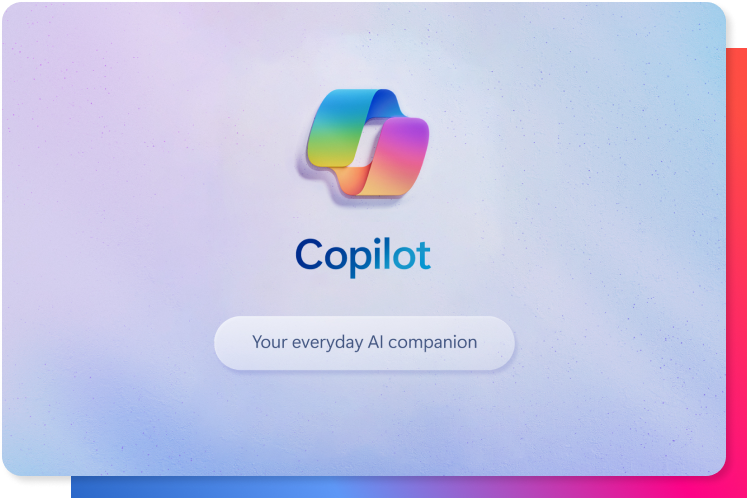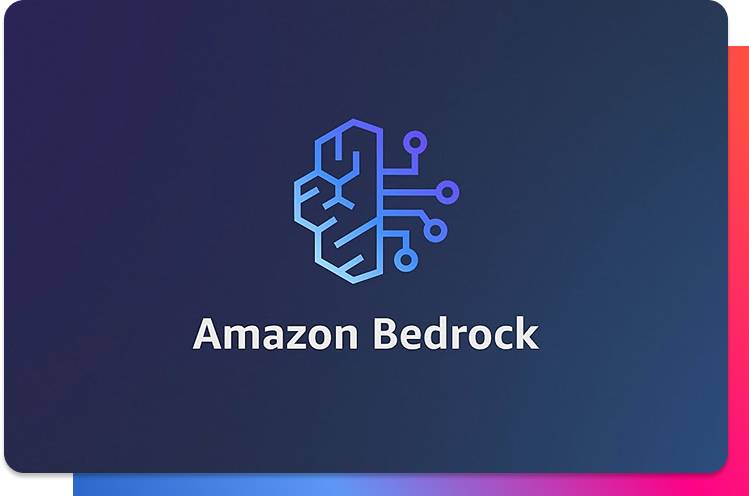Salesforce, a global leader in Customer Relationship Management (CRM), has consistently maintained a dominant market share of 23.0% for over a decade. Trusted by renowned organizations like Spotify, Toyota, Canon, and more, Salesforce’s success is often related to a flawless implementation process.
It is estimated that a well-executed Salesforce implementation can yield an average revenue increase of 37% and a productivity boost of 44%. That is why, if your company is considering adopting Salesforce and seeks in-depth insights into CRM implementation, our comprehensive guide is an invaluable resource.
In this article, we will explore the intricacies of Salesforce implementation and essential steps for a successful rollout.
What’s Salesforce implementation?
Salesforce’s implementation is the process of deploying its core CRM system to centralize business activities and communication. It offers a unified solution, combining operational, analytical, and collaborative CRM functionalities, making it the top choice in the CRM market.
Preparing for Salesforce Implementation
Convene business stakeholders
Begin by involving various teams and individuals in discussions to identify your core goals and challenges related to CRM implementation. Understand the internal challenges faced by different departments and prioritize those that can be effectively addressed through Salesforce.
Record internal procedures
Take the time to gain a comprehensive understanding of the daily tasks and workflows within your organization’s different departments. Encourage each department to document their processes, helping you identify areas that can be streamlined and optimized.
Establish timeline and budget
Define your project timeline, including key rollout phases, testing periods, and kickoff meetings. Ensure that your Salesforce project timeline doesn’t clash with other major initiatives to avoid resource constraints. Align your expectations with a preliminary budget estimate, and for greater accuracy, consider consulting experienced Salesforce advisors who are well-versed in various CRM implementation strategies.
Develop outcome scenarios
Given the impact of factors like company size, data volume, and customization needs on Salesforce project estimation, it’s prudent to create three implementation scenarios: optimistic, pessimistic, and most likely. This allows you to anticipate risks and better prepare for unexpected outcomes.
Define success metrics
Set measurable goals and metrics to evaluate the success of your initial Salesforce implementation. These precise metrics will enable you to track progress and make strategic adjustments as needed.
Establish communication channels
Effective and transparent communication is essential for CRM implementation success. Clear collaboration among implementers, stakeholders, and internal teams is crucial for achieving your CRM goals.
Determine project stakeholders and roles
Assign key roles in the Salesforce implementation process, which may include senior management, CRM users, sales, service, marketing teams, channel partners, customers, and IT specialists. Clearly identify primary stakeholders and technical resources to ensure smooth project management.
Investigate source data
Before initiating Salesforce CRM implementation, ensure the accuracy and integrity of your data, regardless of its source. Establish policies for naming conventions and data deduplication to maintain data quality.
Develop a change management plan
Prepare for the transition by creating a comprehensive change management plan that extends beyond the go-live date. Effective change management is critical to user adoption and long-term success.
Become acquainted with the Salesforce ecosystem
It’s essential to understand Salesforce’s appearance, usability, and structure before transitioning to the platform. This knowledge will help manage user expectations and facilitate the adaptation of your business processes to the new CRM system.
Step-by-step process of implementing Salesforce
Create user and company profiles
The first step involves setting up the Company profile after considering various factors and discussing them with your team. This includes details like the financial year, time zone, languages, and understanding the specific pain points within your organization. Additionally, create User Profiles to manage permissions and data access for different users.
Customize Salesforce CRM
Customization is essential for aligning Salesforce with your organization’s goals. You can make changes to the default Salesforce setup by following best practices in Salesforce implementation. This includes extending APEX code to add specific capabilities and customizing fields and page layouts to enhance user understanding.
Import users
Once Salesforce is customized, the next step is to create or import user profiles and assign roles and permissions. It’s crucial to clarify how each user will access and interact with data. This step ensures that data visibility is configured correctly for each user.
Migrate the data
Data migration is a critical aspect, especially if your organization is transitioning from spreadsheets or other CRM systems. Salesforce offers native tools like Data Import Wizard or Data Loader for this purpose. Import data using a .csv file, but it’s advisable to conduct a demo session before the final import. Always perform thorough testing in a sandbox environment and review data to ensure accurate mapping to the correct fields.
Train the users
User adaptation is paramount for the success of any Salesforce project. Establish a User Acceptance Testing (UAT) sandbox for training purposes. Training should cover navigation and how to effectively use the Salesforce platform. Multiple training methods, such as demo sessions and slide sharing, can be utilized to educate the team.
Provide post go-live support
Post-implementation, ongoing support is crucial. Ensure you have a plan for troubleshooting and addressing user concerns as Salesforce becomes fully operational. Leadership is essential to responsibly manage customer support and ensure a smooth transition.
Recruit an Admin
Your organization will require a dedicated Salesforce Administrator to manage the platform effectively. This role involves responsibilities like data management, customer satisfaction, team management, and overseeing applications, dashboards, and reports. For larger organizations, consider recruiting multiple admins or assigning delegated admin roles.








 Español
Español